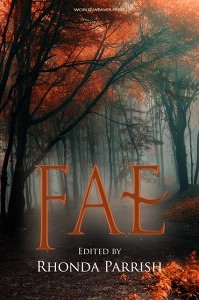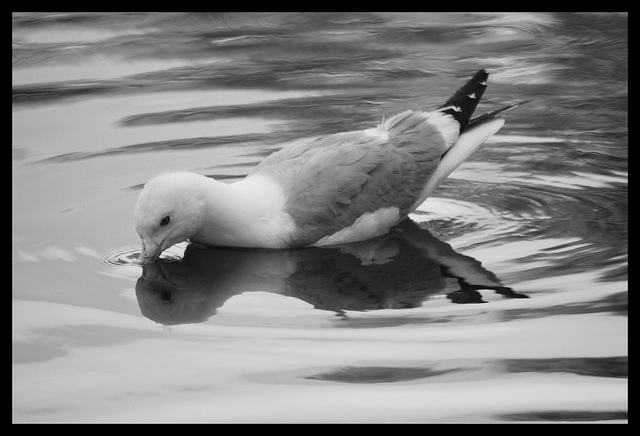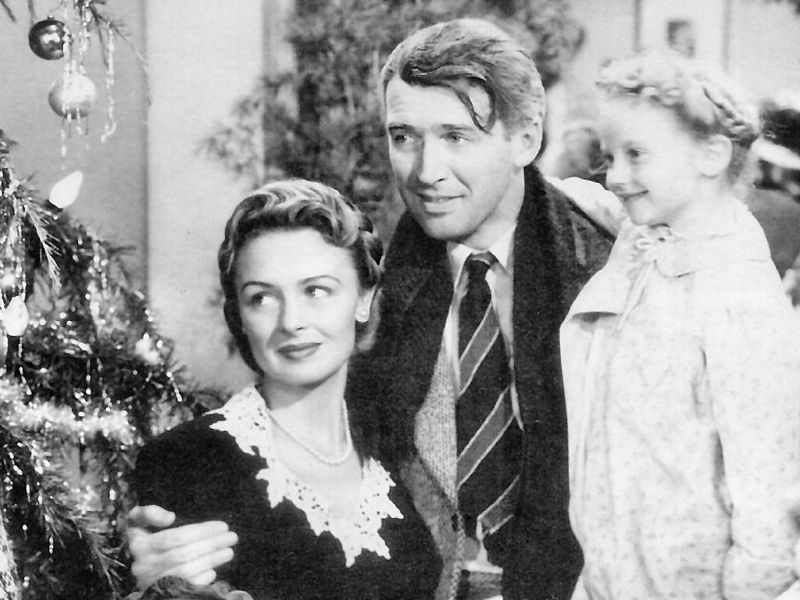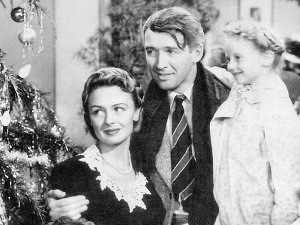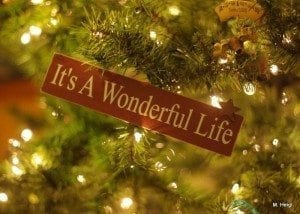Holy whackado it’s Friday. Again. How did that happen so quickly?!
Well, the good news therein is that I have a new post from the changeling mini-series I’m running here for Fae-tastic Friday. This post is brought to you by Laura VanArendonk Baugh whose contribution to the Fae anthology, And Only The Eyes Of Children does more than just brush up against the ideas of changelings in fiction. Enjoy 🙂
Protect Me From What I Want
by Laura VanArendonk Baugh
Protect me from what I want.
This refrain speaks to our human tendency to desire what is not good for us, or to desire too much of a good thing. One Snickers bar is a tasty treat; an entire pile of Snickers bars is a health and dental disaster.
Folklore and literature are full of wishes which come terribly true in hideous ways. “The Monkey’s Paw” (by W.W. Jacobs) is a delightfully chilling story of wishes granted in awful exactitude, powerful enough to have entered our cultural lexicon. (If you somehow haven’t read it, you can find it here: http://gaslight.mtroyal.ab.ca/mnkyspaw.htm)
Sometimes, what we ask for and what we want are not the same.
One fantastic thing about writing in folklore is the ability to rework long-accepted tenets into something new which feels comfortably in line with the old. When writing “And Only the Eyes of Children,” I started with the Fae fascination with human children. Fairy stories frequently describe the Fae depositing a fairy child into a human cradle or interacting with human kids – but we rarely if ever see the Fae raising their own young. Why is that? I considered that an immortal or nigh-immortal species would necessarily have a very low birthrate. I hope the resulting premise fits well with existing Fae lore.
This re-envisioning of folkloric elements can bring us many new stories which feel like part of the Fae canon. Here’s another blend on the traditional changeling tale, one I at least had not seen before.
While many changeling stories feature children with unnatural abilities or unexpected mental capacity, others tell the story of children which simply do not grow physically as they should.
“But after some time had passed by, the good people began to wonder that the twins did not grow at all, but still continued little dwarfs.” – British Goblins: Welsh Folklore, Fairy Mythlogy, Legends and Traditions, by Wirt Sikes, p 60
Meanwhile, fairy stories warn us universally not to barter with the Fae. The Good Neighbors do not lie, but they can bend words in wondrous ways.
When these basic assumptions of Fae lore are combined, one can find the concept for the song “Changeling Child,” recorded by Heather Dale. The lyrics tell of a barren woman who asked of the Fae, and received, a baby. But as always, the fairies are too true to their word.
How their home was joyful
with a son to call their own
But soon they saw the years that passed
would never make him grow
The fairies would not answer her
The stones were dark and slept
A babe was all she asked for, and their promises they’d kept
Sometimes, what we want and what we ask for are not the same.
There are many stories of fairy changelings and the resulting trials, often horrific, to force the fairy child to reveal himself or the fairy parent to reclaim its young. Sometimes the offered explanation for changelings is that the fairies wish to raise a human child themselves; I like to suppose the Fae might need the humans to raise their own, the cuckoo bird of the supernatural world. (There’s a story premise!) Often it is simply a malicious trick played until the humans catch on, a sardonic prank which costs the humans dear.
I wonder, in an agrarian society where children were not merely a new generation but also a necessary labor force and security for old age, if some parents wanted them too badly. If we knew that desiring something too much, even a good thing, might lead to self-deception and harm. And so we told stories of women who longed for children and then found that their children weren’t what they’d wanted, after all.
Protect us from what we want.
Laura was born at a very early age and never looked back. She overcame childhood deficiencies of having been born without teeth or developed motor skills, and by the time she matured into a recognizable adult she had become a behavior analyst, an internationally-recognized animal trainer, a costumer/cosplayer, a dark chocolate addict, and a Pushcart Prize-nominated author with a following for her folklore-based stories and speculative fiction. Find her at www.LauraVanArendonkBaugh.com.
